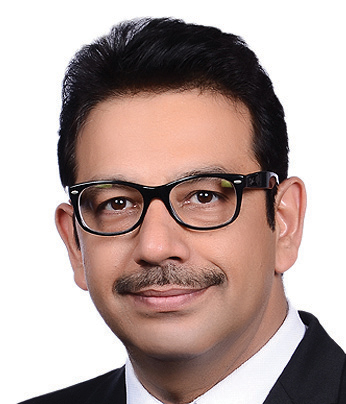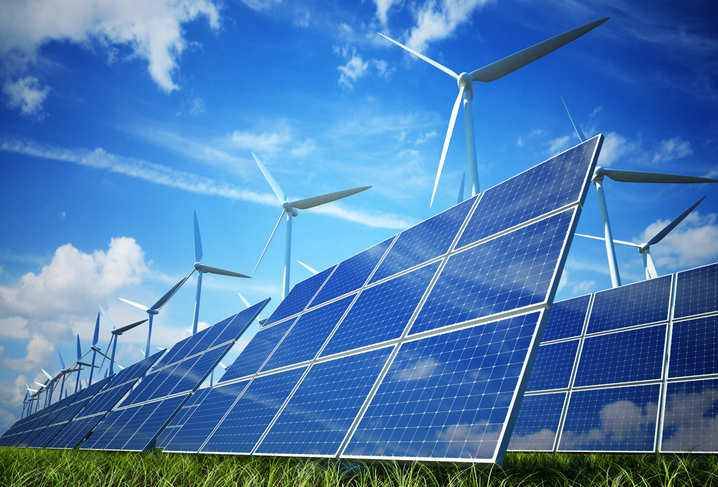
March 23
To purify water, highest cost is electricity and here is how solar power can affordably make it safer to drink
Globally, 663 million people do not have access to safe drinking water. Half of all the water found underground, streams, rivers and other primary sources is contaminated with microbes and chemicals. And unhygienic practices such as human and livestock solid and liquid waste disposal have added to this contamination.
Access to clean drinking water is a critical issue in much of the developing world. In India, over 70 million people lack access to safe water and this problem is magnified in urban slums and rural areas.
People living in these environments are either left to consume water from unsanitary sources or practice old-fashioned ways of treating water. No wonder, then, that over 1.4 lakh children under the age of five die from diarrhoea every year. The World Health Organisation (WHO) maintains that the provision of clean drinking water alone will reduce the risk of water-borne diseases by 50%. This has motivated local and global forums to seek solutions that can address the increasing need for safe, potable water, as well as maintain a healthy balance of access and availability.
Interventions for a better world As part of community service requirements or through a desire to be responsible corporate citizens, many organisations allocate CSR funds towards this issue. With sustainability in mind, many MNCs have partnered to improve health outcomes and lives of poor. Some, such as Safe Water Network, have set up entrepreneur or community owned and operated water treatment facilities that extract groundwater and treat it to meet local and national standards for human consumption. This has led to a successful model that is being replicated across the country. These water purification stations are proving successful, but many more people need help. This help, however, comes at a cost.
The price of clean water Grid power is the highest cost component (15-20% of operating expenses) for purifying water and is often unreliable, erratic and expensive. Water treatment plants require a steady supply of energy for multi-step purification process (micron filter, ultra-filter, ultra-violet to remove bacterial and viral contaminants) and for powering remote monitoring systems that provide key operational metrics. Then, India is heavily dependent on fossil fuels for power, which are expensive. Inconsistent electricity supply affects a water station’s service reliability and electrical component failure, resulting in high maintenance costs, while high energy expenditures jeopardise a station’s long-term financial sustainability. To mitigate these risks, water treatment facilities need to seek stable, cost-effective and sustaining energy alternatives.
Solar is a viable solution Solar power is an economical source of energy, and investment and operating costs are now affordable (compared to conventional sources). The lifespan of solar panels is 20-25 years, which, in the long run, helps improve the return on investment for installations. Photovoltaic panels require low maintenance too (cleaning with water once every two weeks). A typical water treatment facility, powered by fossil fuels, indirectly contributes to smog, acid rain and other forms of pollution, which contaminate water. Supplementing energy needs, say 70%, with solar is an ideal way for sustainable water treatment that ensures lower carbon footprint too. Solar reduces downtime due to electricity grid outages or shortages, reduces bills, provides reliable performance, and requires minimal maintenance with fast commissioning.
Saving a penny and earning one too
Deploying solar power will help save up to 80% of energy costs (12-15% of revenue) over the lifetime of the system. Using solar innovations, purification systems can filter 4,000-8,000 litres of water per day and can function for five hours at a stretch. Using a hybrid model, these systems can draw power from the grid in case of cloud cover. The government’s initiative on solar power utilisation coincides with the need of the hour. With government support, and with long payback periods (currently 16 years), there has never been a better time to invest in solar.






